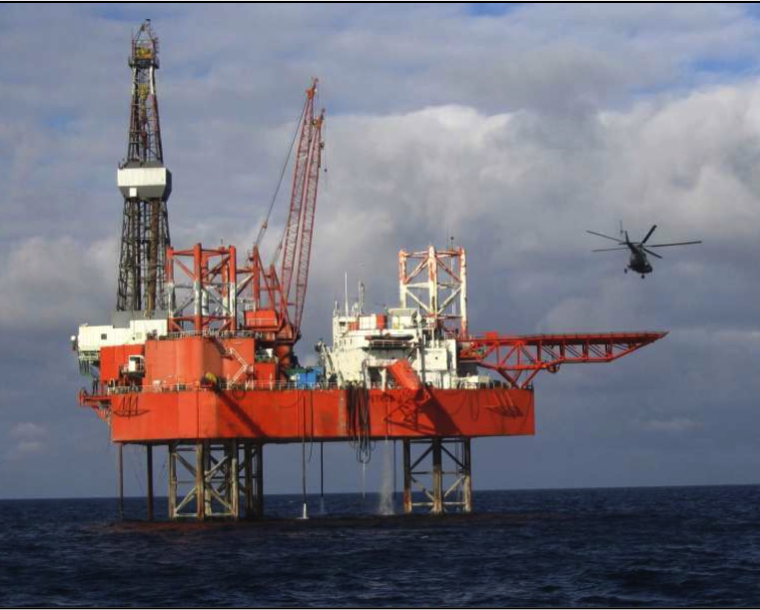
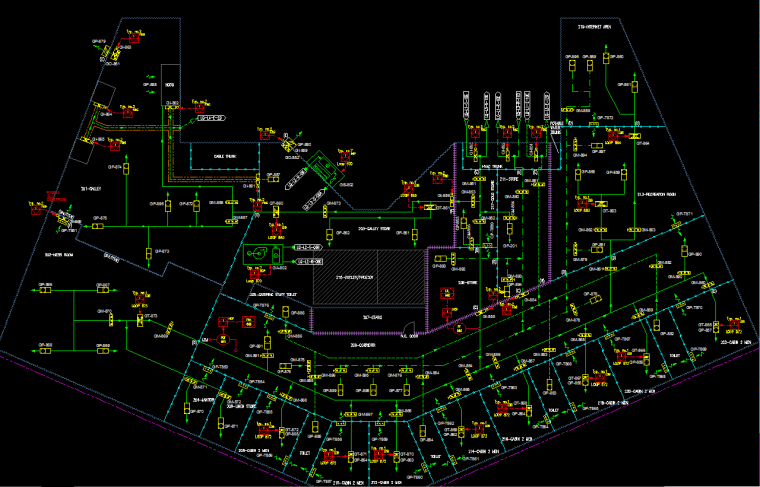
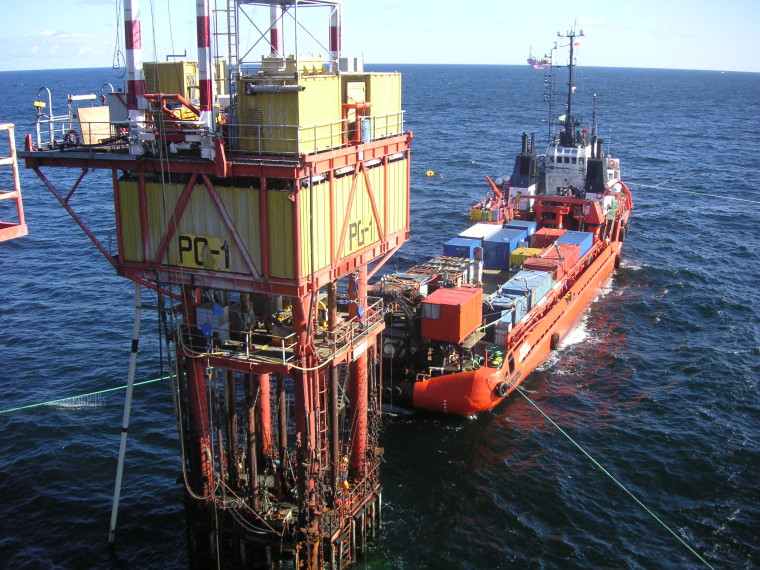
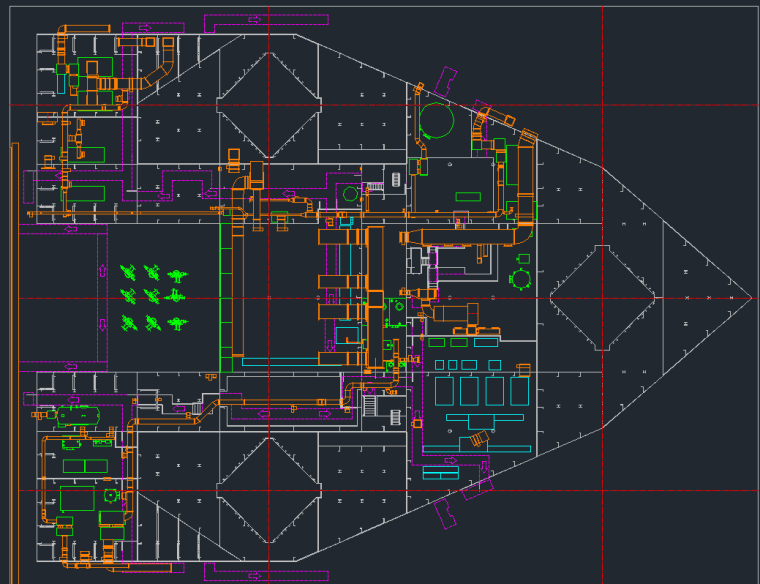
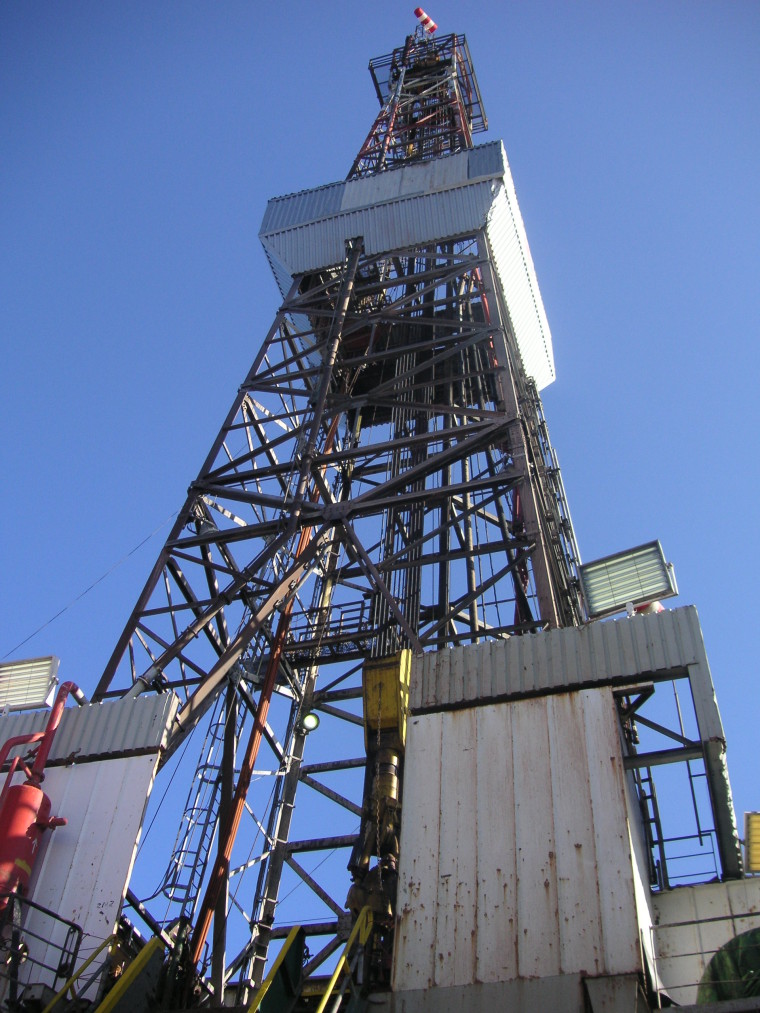
Object:Conversion of Petrobaltic Drilling Jack-up rig into an offshore oil production
Location: Baltic Sea – Poland
Year: 2013 – ongoing
Client: Basis Engineering
Final Client: LOTOS PETROBALTIC
Project description
The project involves the conversion of a mobile jack-up drilling structure, built in 1980, to an offshore platform for oil production, to be permanently installed in the extraction zone. The EPMS Contract is currently dealing with the reconversion by dismantling the existing plants and by installing new energy generation plants, in compliance with the current regulations relative to naval structures and Oil&Gas.
As a first task, TRILLINI Engineering performed a preliminary survey in order to evaluate the technical and economical feasibility of the conversion of the former HVAC system to a new one, complying with the current regulations and quality requirements. After the Survey Report, it was decided to dismantle the whole existing installation.
The new HVAC system was divided into two sub-systems, one for the process activities (HULL) and one for the living quarters.
HULL HVAC system
The installation consists of multiple machines and sub-systems which can face the miscellaneous requirements, in terms of air pressurization and air quality supplied to the process rooms located in the platform hull, in order to fulfil the current HSE standards. In fact, the air quality and safety requirement of process environments where dangerous gases and fluids are processed, are particularly stringent, in order to avoid gas leakage in adjacent environments.
LIVING QUARTER HVAC system
The living quarter, which will host 40 people, includes cabins, a canteen, the kitchen, technical rooms, entertainment rooms, toilets and other necessary facilities in order to host the staff during offshore operations.
The HVAC installation consists of a centralized system, where a AHU is run by two redundant fans, one for duty and one for stand-by operation. The cooling coils is connected to two direct expansion chillers, each one of them supplying half of the cooling power, paired to a water cooled condenser.
The very limited space available in the false ceiling was the main challenge in the design, for which the placement of the air ducts resulted into a complex task. Therefore, it was of main importance the establishment of an efficient communication between the different actors involved in the reconversion, in order to devise shared satisfactory design solutions.
Characteristics
- Operating temperature: -10°C ÷ +30°C
- RH: 60% with marine environment
- Internal and external pressurization
- ATEX areas
- SIL Safety Integrity Level classified systems

